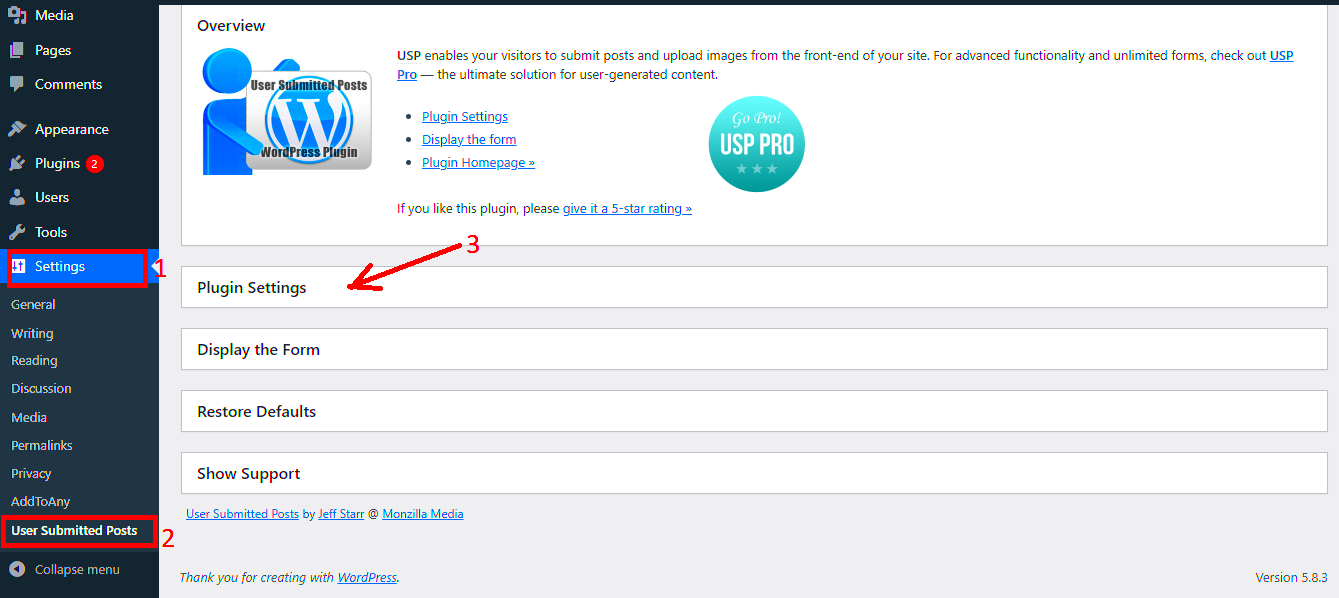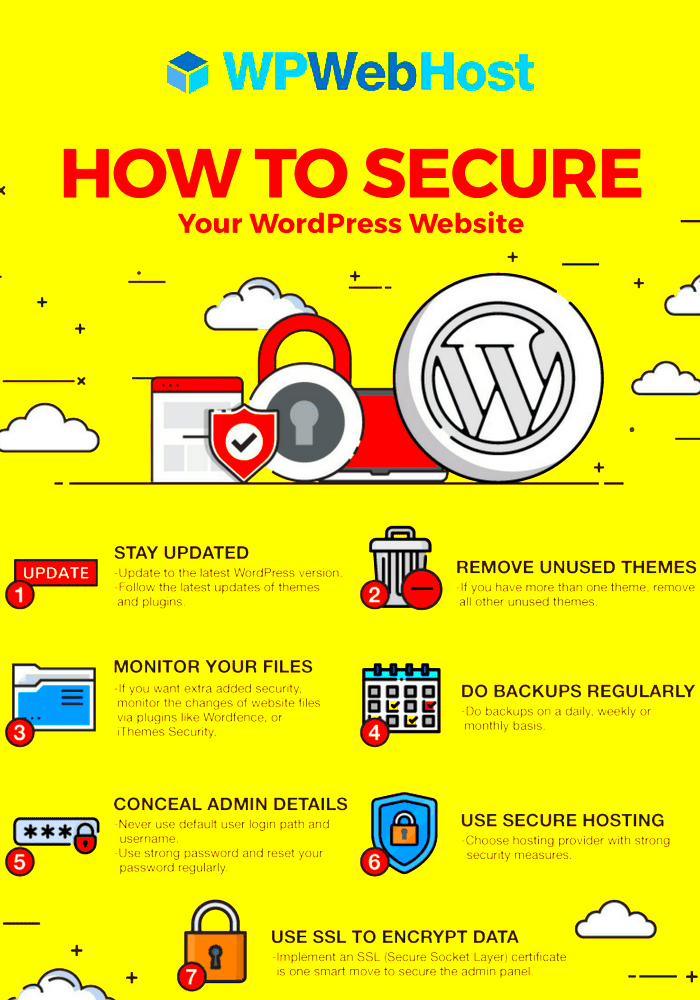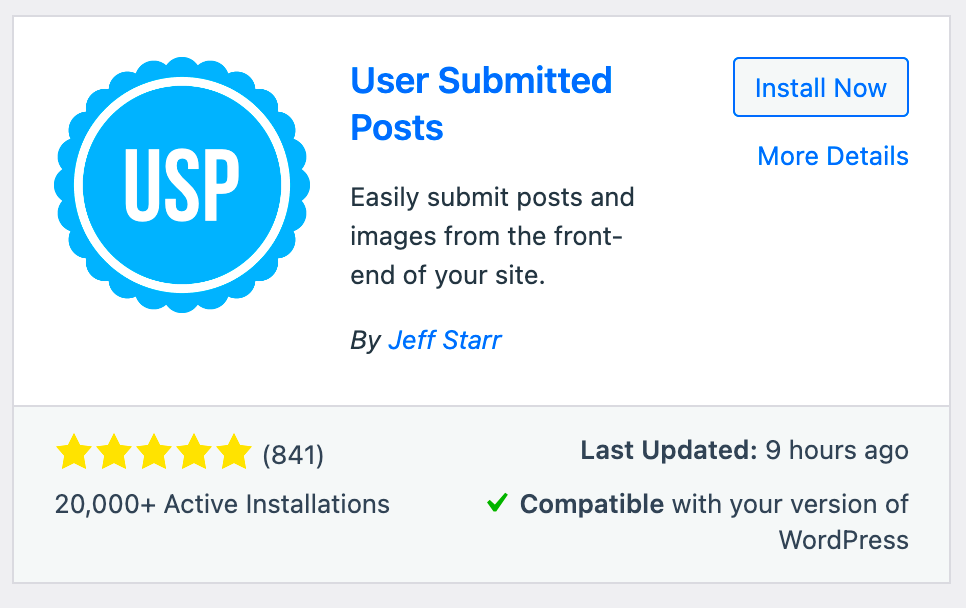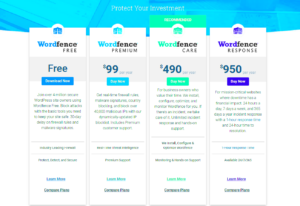Allowing users to post content on your WordPress site is a great way to foster engagement and build a community around your website. Whether it’s through blog posts, forum discussions, or product reviews, user-generated content (UGC) adds variety and value to your site. It gives your audience a voice and encourages more interaction, making your site more dynamic and appealing to visitors. However, managing user-generated content comes with its own set of challenges, particularly in ensuring that the submissions are relevant and secure.
Importance of User-Generated Content for WordPress Sites

User-generated content can significantly enhance the growth and engagement of your WordPress site. Here are some reasons why it’s important:
- Increases Engagement: When users contribute content, they are more likely to return and interact with your site regularly.
- Improves SEO: UGC adds fresh, unique content to your site, which search engines favor. This can boost your search engine rankings and help your site get noticed.
- Builds Community: Allowing users to share their thoughts and ideas helps create a sense of belonging and community.
- Boosts Content Volume: With user contributions, you can generate more content without having to produce everything yourself, saving time and effort.
However, it’s essential to ensure that user-generated content aligns with your site’s values and goals, and is moderated for quality and relevance.
How WordPress Manages User Roles and Permissions

WordPress provides a built-in user role management system that allows you to control what users can and cannot do on your site. Here’s an overview of how it works:
| User Role | Permissions |
|---|---|
| Administrator | Has full control over all aspects of the site, including user management and settings. |
| Editor | Can publish and manage posts created by others but cannot manage site settings. |
| Author | Can create and publish their own posts but cannot edit or publish posts by others. |
| Contributor | Can write posts but cannot publish them. Posts must be reviewed by an Editor or Administrator. |
| Subscriber | Can read content and manage their profile, but cannot create or modify posts. |
By assigning appropriate roles, you can control what each user is able to do, making it easier to manage content submissions securely. For example, you can allow trusted users to submit posts, while moderating or restricting others to ensure that the content on your site is relevant and aligned with your goals.
Choosing the Right User Role for Your Site
Choosing the right user role is key to managing who can post content on your WordPress site and what level of access they have. WordPress offers several roles, each with its own set of permissions. By understanding these roles, you can assign the right level of access to users, ensuring that your site runs smoothly while keeping control over the content being posted.
Here are some factors to consider when selecting a user role:
- Content Control: If you want to have full control over all content, assign users the role of ‘Author’ or ‘Contributor.’ For users you trust more, you can assign the ‘Editor’ role, which gives them the ability to moderate and publish content.
- Site Management: If a user needs access to site settings or user management, assign them the ‘Administrator’ role. However, be cautious as administrators can modify all aspects of your website.
- Community Engagement: If you want users to only participate in discussions or leave comments, the ‘Subscriber’ role will be ideal. It limits their access to the content they can create.
In short, think about the level of responsibility and access each user needs before assigning a role. By doing so, you’ll have better control over the security and structure of your website.
Securing User Content Submissions on WordPress
Allowing users to post content on your WordPress site can be a great way to enhance your site’s engagement, but it also comes with security risks. It’s crucial to secure the content submission process to avoid potential threats, such as spam, malware, or inappropriate content. Here’s how you can secure user submissions:
- Use a Trusted Form Plugin: Use form plugins like Contact Form 7 or Ninja Forms to collect submissions securely. These plugins offer built-in spam protection and can be customized with security features like CAPTCHA.
- Limit User Roles: As mentioned, WordPress user roles help control who can post content. Limiting roles ensures that only authorized users can submit posts, reducing the risk of unwanted or malicious content.
- Enable Moderation: Always moderate user-submitted content before it goes live. This ensures that inappropriate content doesn’t get published without your review. Plugins like WP Moderation can help automate this process.
- Implement Security Plugins: Use security plugins like Wordfence or Sucuri Security to add an extra layer of protection against malicious attacks, like hacking or brute force attempts.
By taking these steps, you can secure the process and ensure that your site remains safe and trusted while still allowing users to post valuable content.
Best Practices for Moderating User-Generated Content
Moderating user-generated content is essential for maintaining a high-quality, safe, and engaging WordPress site. Without proper moderation, you might end up with spammy, irrelevant, or harmful content that could affect your site’s reputation. Here are some best practices to follow when moderating UGC:
- Set Clear Content Guidelines: Make sure users know what type of content is allowed and what isn’t. Set guidelines on your site regarding offensive language, personal attacks, and irrelevant content. This helps users understand what’s acceptable.
- Enable Automatic Moderation: Use plugins or built-in WordPress tools to automatically flag or hold comments and posts for review. This can include settings that filter certain keywords or restrict links in user submissions.
- Use Human Moderators: While automated tools are useful, nothing beats a real person reviewing the content. Regularly monitor user-submitted content and approve or reject posts based on your established guidelines.
- Encourage Positive Contributions: Promote constructive content by highlighting and rewarding high-quality posts. You can implement a system where users earn badges, points, or recognition for positive contributions.
- Regularly Update and Review Guidelines: Content moderation is not a one-time task. Regularly update your guidelines to ensure they align with the current standards of your site and the needs of your community.
By following these best practices, you can maintain a positive environment for your users and ensure that only valuable content makes it to your site.
Common Security Risks and How to Mitigate Them
Allowing users to post content on your WordPress site comes with certain security risks. These risks can affect the safety, functionality, and reputation of your site. Understanding these threats and how to mitigate them is crucial to maintaining a secure environment. Here are some common risks and tips for preventing them:
- Spam Submissions: One of the most common risks is spam, where users submit irrelevant or unwanted content to your site. To mitigate this, use CAPTCHA tools (like Google reCAPTCHA) or spam protection plugins (like Akismet or Antispam Bee) to block automated submissions.
- Malicious Content: Users could submit harmful code or malware through posts. Ensure all user-generated content is sanitized by using plugins that automatically check for harmful scripts. Also, keep your site’s security plugins up to date.
- Brute Force Attacks: Brute force attacks involve hackers attempting to guess login credentials. To protect against this, implement two-factor authentication (2FA) for users who are allowed to post content and limit login attempts using plugins like Limit Login Attempts Reloaded.
- Unauthorized Content Modifications: If users gain inappropriate access to your site, they could modify posts or settings. To reduce this risk, use the least privilege principle when assigning user roles, limiting access to only what is necessary.
- Content Plagiarism: Users may submit plagiarized content. To avoid this, use tools like Copyscape or Grammarly to detect duplicate content before it gets published on your site.
By recognizing and addressing these risks, you can better protect your WordPress site and ensure a safe user experience for both your content creators and visitors.
FAQ about Allowing Users to Post Content on WordPress Sites
Here are some frequently asked questions about allowing users to post content on WordPress sites:
- What user role should I assign to allow content submissions?
It depends on the level of access you want to provide. For basic content submission without publishing rights, assign the ‘Contributor’ role. If you want users to publish content directly, consider assigning the ‘Author’ or ‘Editor’ role. - How can I prevent spam content submissions?
You can prevent spam by using plugins like Akismet, implementing CAPTCHA, and moderating all user submissions before they are published. - Can users submit media files?
Yes, WordPress allows users to upload media files such as images, videos, and documents, but you should control the file types and sizes allowed to prevent malicious uploads. - How can I moderate user-submitted content?
You can moderate content by enabling post moderation in the WordPress settings, using plugins to flag content for review, and manually reviewing submissions before they go live. - How do I ensure the security of user submissions?
Use security plugins like Wordfence or Sucuri, enable two-factor authentication, and ensure user roles are carefully managed to minimize potential security risks.
Conclusion: Enabling Secure User Content Posting on WordPress
Allowing users to post content on your WordPress site can help foster a more engaging and interactive community. However, it’s important to strike a balance between openness and security. By choosing the right user roles, implementing effective moderation practices, and addressing common security risks, you can create a safe environment for users to contribute valuable content.
Remember, user-generated content not only enhances your site’s content diversity but also builds trust with your audience. With proper safeguards in place, you can ensure that the content posted by users is both relevant and secure. Regularly update your security protocols and monitor user activity to stay ahead of any potential threats. Ultimately, allowing users to post content securely on WordPress sites can strengthen your online presence and build lasting relationships with your audience.



